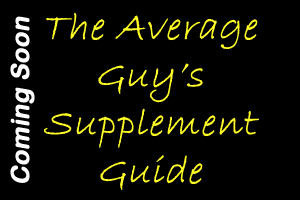In this article, I wanted to address some technique issues. One of the most challenges exercises to teach and for some, to master is the squat. I wanted to talk about the squat in this issue. The squat is often called the "king of exercises". This is because of the large group of muscles that must be activated in order to perform this movement. Most people assume that squats are just a leg exercise; but that is where they are wrong. The squat movement involves the activation of many muscles groups: the quadriceps muscles of the frontal leg, the hamstring group of the posterior leg, the gluteus muscles, the whole abdominal musculature to stabilize the body, the lower and upper back also to stabilize and support.
During back squats, the shoulder girdle is also involved in positioning of the bar – this requires a certain amount of flexibility within the chest and shoulders. As you can see there are many muscles called into action. The more muscle fibers recruited to perform the more calories you burn. That is why the squat is one of the best exercises you can perform both to enhance strength and increase lean muscle tissue. There are many myths surrounding squats and the safety of this exercise. Let us address them here:
#1. Squats are bad for the knees. When proper technique is learned, squats are not harmful for the knees. Strengthening the muscles and connective tissue surrounding the knee improves its stability. Even some individuals with knee issues can squat safely when proper form is used. Improving the strength of the quadriceps muscles will help to relieve stress borne by the knee joint.
#2. Squats are bad for the spine. When performed correctly the weight is borne directly over the spinal column. As with the knees, the supportive tissues around the spine are strengthened in response to the weight being lifted. Once again proper form is essential. There are also many variations of squats, so bar squats or back squats as they are commonly referred to are not always necessary. Individuals with back problems (disc issues) can squat safely using variations such as front squats, dumbbell squats, kettlebell squats, single leg variations.
#3. Squats are dangerous for the heart. Squats are not dangerous for healthy individuals with no history of hypertension or coronary disease. The heart is a muscle and will respond to the stress.
#4. Squats slow you down. Once again, a myth. Squats are a very explosive exercise and require power and strength. This will only benefit the individual by enhancing strength and power. Squats and all its variations are a staple in all sport training programs.
#5. There are no sports or activities that require someone to move up and down with a weight on their shoulders, so why do squats? A good question, but think about our daily activities. Every time you get up and down off the couch, go to the bathroom, get up out of a chair you are doing a squat. Strengthening the muscles required to move us in our daily activities will only enhance every facet of our lives.
Squats are an excellent overall body workout, but they do require proper technique and should always be learned under careful guidance. Don’t be afraid of the squat. Embrace them.

